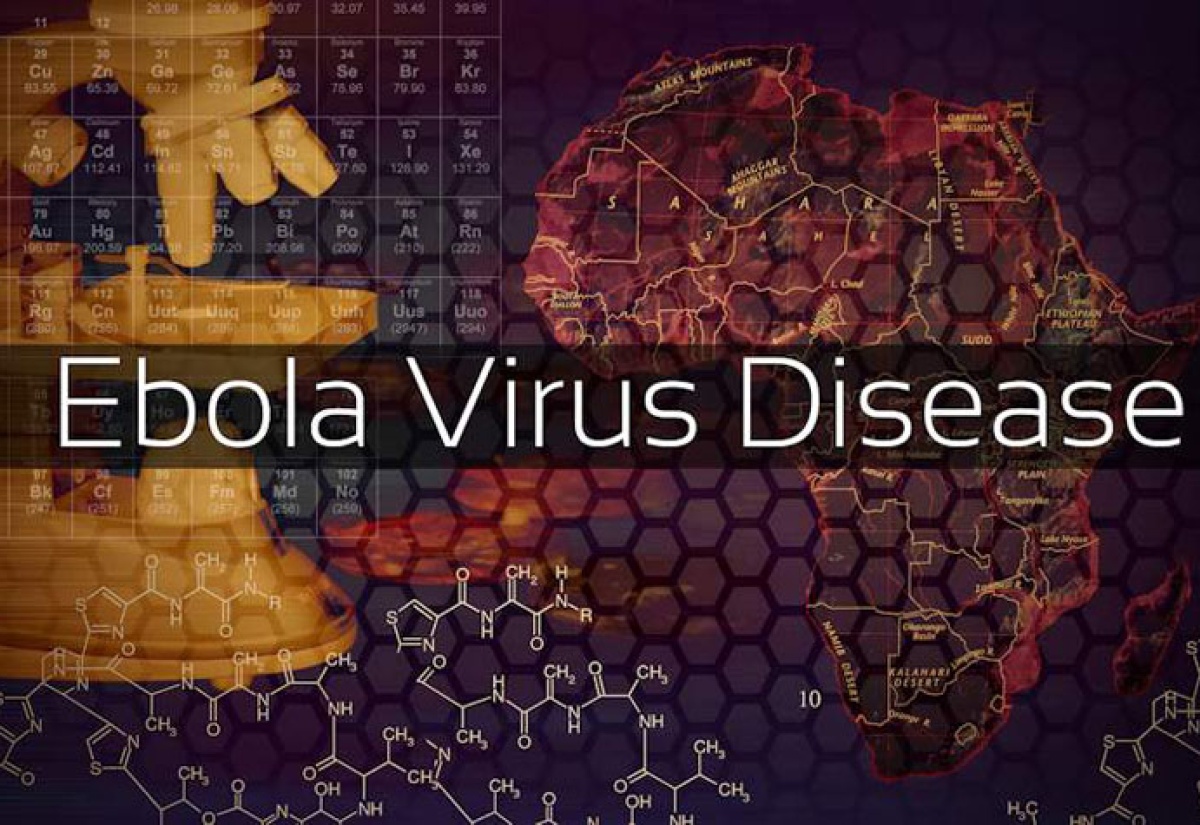Ebola Virus Diseases (EVD) Implication of Introduction in the Americas
The Full Story
Given the current situation of Ebola virus disease (EVD) in West Africa, the Pan American Health Organization / World Health Organization (PAHO/WHO) advises its Member States to remain vigilant for potential introduction of EVD in the Americas, to raise the awareness and knowledge of health care providers and to strengthen the implementation of standard precautions for infection prevention and control in health care facilities at all levels.
1. Ebola virus disease (EVD) – Key facts
Ebola virus disease (EVD), formerly known as Ebola haemorrhagic fever), is a severe, often fatal illness, with a case fatality rate of up to 90%. There are no licensed specific treatments or vaccine available for use in people or animals.
Genus Ebolavirus is 1 of 3 members of the Filoviridae family (filovirus), along with genus Marburgvirus and genus Cuevavirus. Genus Ebolavirus comprises 5 distinct species: Bundibugyo ebolavirus (BDBV), Zaire ebolavirus (EBOV), Reston ebolavirus (RESTV), Sudan ebolavirus (SUDV) and Taï Forest ebolavirus (TAFV).
The incubation period of Ebola virus disease (EVD) varies from 2 to 21 days, with an observed average of 8 to 10 days. Following the introduction of Ebola virus in the human population through animal-to-human transmission, person-to-person transmission by direct contact body fluids/secretions of infected persons is considered the principal mode of transmission. Indirect contact with environment and fomites soiled with contaminated bodily fluids (e.g. needles) may also occur. Airborne transmission has not been documented during previous EVD outbreaks.
There is no risk of transmission during the incubation period.
The most common symptoms experienced by persons infected with the virus are the sudden onset of fever, intense weakness, muscle pain, headache and sore throat. This is followed by vomiting, diarrhea, rash, impaired kidney and liver function, and at advanced stage, both internal and external bleeding. Laboratory findings include low white blood cells and platelet counts and elevated liver enzymes…READ MORE
Download Ebola Virus Diseases (EVD) Implication of Introduction in the Americas
Other Reading

